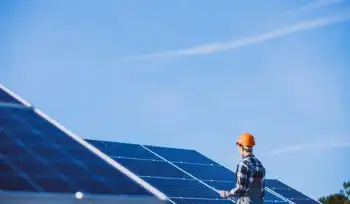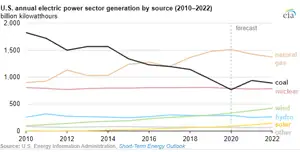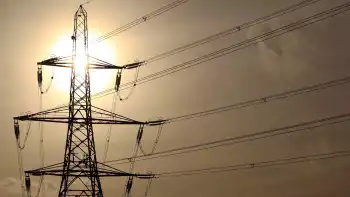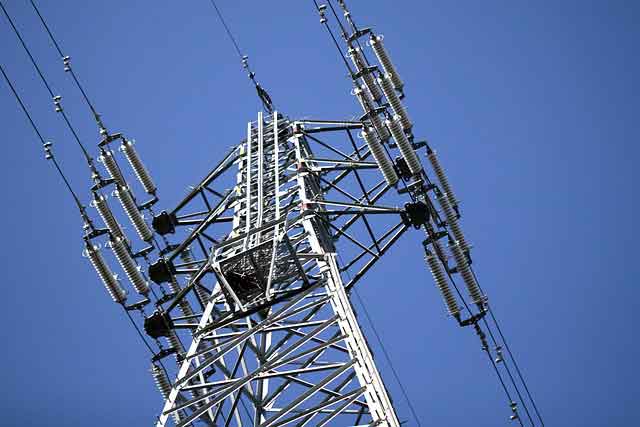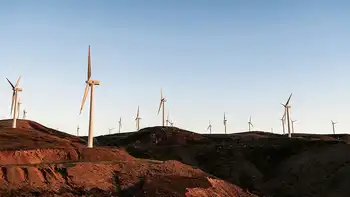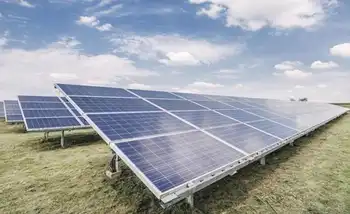India targets 10,500 megawatts of wind power
By Industrial Info Resources
Protective Relay Training - Basic
Our customized live online or in‑person group training can be delivered to your staff at your location.

- Live Online
- 12 hours Instructor-led
- Group Training Available
While several states in India are promoting power generation projects, the focus is not only on increasing power generation capacity, but also on harnessing renewable sources of energy for power projects. Since February 2008, four companies have secured land, estimated to be over 258 hectares, for their wind projects in Maharashtra.
Reliance Innoventures Private Limited, a part of the Reliance-Anil Dhirubhai Ambani Group, plans to set up a 45-MW wind power project at Chandrapur. Jaiprakash Associates will develop a 24-MW windfarm near Sholapur. Theolia Wind Energy Private Limited will set up a 20-MW windfarm at Sangli. Naman Developers, primarily an infrastructure firm, is building a 15-MW wind power project near Nasik.
Applications for three more power projects with a total capacity of 148 MW, including a 93-MW windfarm, are still pending with the state. The department is actively expediting the process by clearing land purchase applications for major projects within a record 15 days for each proposal. After securing clearance from the Directorate of Industries, each investor will have to obtain an infrastructure and feasibility clearance from the Maharashtra Energy Development Agency, which oversees development of renewable energy projects and monitors energy conservation in the state.
India has an estimated wind power potential of 45,000 MW, with Maharashtra accounting for 4,584 MW of this total. As of March 31, 2008, India has a total installed wind power capacity of 8,696 MW, while Maharashtra has 1,756 MW of installed capacity. India aims to achieve a target of 10,500 MW of installed wind power capacity by the end of the Eleventh Five-Year Plan (2007-2012). India is the world's fourth largest player in wind generation after Germany, the U.S. and Spain.
The Indian government is promoting commercial wind power projects in the country by offering incentives such as benefits of accelerated depreciation, concessions on import duty for wind power generator systems, exemption from excise duty, 10-year tax holidays, and availability of term loans from the Indian Renewable Energy Development Agency. The Centre for Wind Energy Technology is conducting a Wind Resource Assessment Program and has covered 25 states and union territories to identify potential locations for future wind power projects.
Domestic majors in other industries and sectors are also making forays into the power sector with primary interest in the wind energy sector. Gujarat Fluorochemicals Limited, the largest refrigeration gas producer in the country, plans to invest more than $1.5 billion during the next five years to develop an installed capacity of 1,000 MW of wind power. It has already invested $40 million in a pilot project at Gude Panchgani in Maharashtra.
It has set up a 23.1 MW windfarm at the site and has entered into an agreement with the Maharashtra State Electricity Board to supply electricity from the wind farm for a period of 13 years. JCT Limited, a textile and filament yarn producer, plans to diversify into the wind power sector through a 50:50 joint venture with Dakshidin Corporation, which manufactures low-wind-speed windmills.
R.S. India Group is setting up India's first integrated renewable energy farm with an investment of $175 million at Patan in Satara, Maharashtra. The company has already acquired 600 acres of land for Phase I of the project, during which it will develop an installed capacity of 100 MW of wind power and 5 MW of solar power and will also extract bio-diesel from a 225-hectare plantation of jatropha (a biofuel crop). In Phase II of the project, the group will develop an additional installed capacity of 200 MW of wind power and plans to cultivate jatropha on an additional 225 hectares of land.
Suzlon Energy Limited, Asia's largest wind turbine manufacturer, operates the 201-MW Vankusawade Wind Park in Satara, Maharashtra, and a 58-MW wind farm in the Western Ghats. It is also setting up a $60 million wind power project in China. The company has an annual production capacity of 600 MW of wind power. PTC India Limited, a power trading solutions provider, recently commissioned a 6-MW windfarm project comprising four Suzlon machines of 1.5 MW each at Sinnar, Nasik.
Conducive government policies, untapped market potential and availability of equipment at competitive prices are factors that have lured foreign investment into this sector. Hydro Tasmania and China Light & Power (CLP) are jointly developing a 50-MW wind farm in Maharashtra.
CLP is also developing wind farms in Gujarat and Karnataka with respective capacities of 100 MW and 82 MW, with a total investment of $248 million. The Asian Development Bank will partly fund the projects by extending a loan of $113 million to the Indian subsidiary of CLP Holdings.





